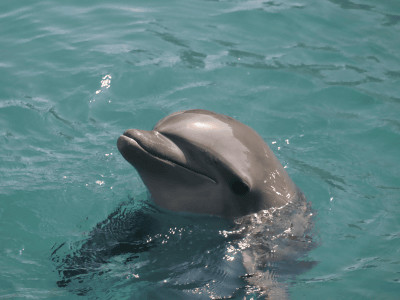Find fish that domesticate shrimp to cultivate their own algae

Humans have
Domestication via the commensal pathway in a fish-invertebrate mutualism | Nature Communications
https://www.nature.com/articles/s41467-020-19958-5

Can a coral reef fish help unravel how humans domesticated animals? – Griffith News
https://news.griffith.edu.au/2020/12/08/can-a-coral-reef-fish-help-unravel-how-humans-domesticated-animals/
These Fish May Have'Domesticated' Shrimp Staff to Help Them Farm Algae
https://www.sciencealert.com/researchers-discover-damselfish-keep-shrimp-to-help-them-farm-algae
Domesticating an organism is a very complex activity. There are several cases of insects domesticating fungi, but so far no cases of non-human vertebrates domesticating other organisms have been reported.
However, as a result of field studies and behavioral experiments conducted by research teams at Griffith University and Deakin University on a coral reef off the coast of Belize , the actions that fish living on this reef perform on shrimp 'have all the characteristics of domestication. It is clear that we are doing it.

The fish called Stegastes diencaeus, which lives on the coral reefs off the coast of Belize, is a fish that lives by cultivating algae on its own and eating it. Stegastes diencaeus basically drives away creatures that approach the algae that it manages, but it has been clarified that it does not drive away only the small shrimp Mysida, which is the upper order of the peracarida, and uses it for algae farming.
Deakin University ecologist Rohan Brooker, who participated in the study, said, 'Stegastes diencaeus will actively act against organisms other than Mysida to protect the coral reefs that feed their own algae. On the other hand, the Mysida herd is provided with shelter in the reef by Stegastes diencaeus. The excrement of Mysida living on the reef nourishes the algae and ultimately improves the quality of the algae. Stegastes diencaeus and Mysida, which have long fins, are in a mutually beneficial symbiotic relationship, 'said Stegastes diencaeus and Mysida. Explains the relationship.

Dr. William Finney of the University of Griffith, who also investigated the symbiotic relationship between Stegastes diencaeus and Mysida, said, 'Stegastes diencaeus is the first non-human vertebrate to domesticate another species, and this announcement is Stegastes diencaeus. This is the first experimental evidence of how the domestication of Mysida by Stegastes evolved. ' 'The relationship between Stegastes diencaeus and Mysida can give us a lot of insight into how humans tame familiar species such as cats, dogs, pigs and chickens,' Dr. Finney said. I will.
Mr. Brooker explained that the breeding of Mysida in the shelter created by Stegastes diencaeus in the coral reef led to 'domestication of Mysida by Stegastes diencaeus', 'this is a human settlement. It is very similar to the process by which attracted animals are domesticated by humans. The main factors that attract animals to humans are human leftovers and shelters (prepared by humans for animals). There is. '
Where were dogs domesticated from wolves? --GIGAZINE

The results of this study emphasize that 'predator protection' plays an important role in domestication. In fact, without Stegastes diencaeus, Mysida would soon be eaten by another predator on the reef. Therefore, Dr. Finney said, 'Examining the relationships between non-human organisms provides fascinating insights into human domestication.'
Related Posts:







